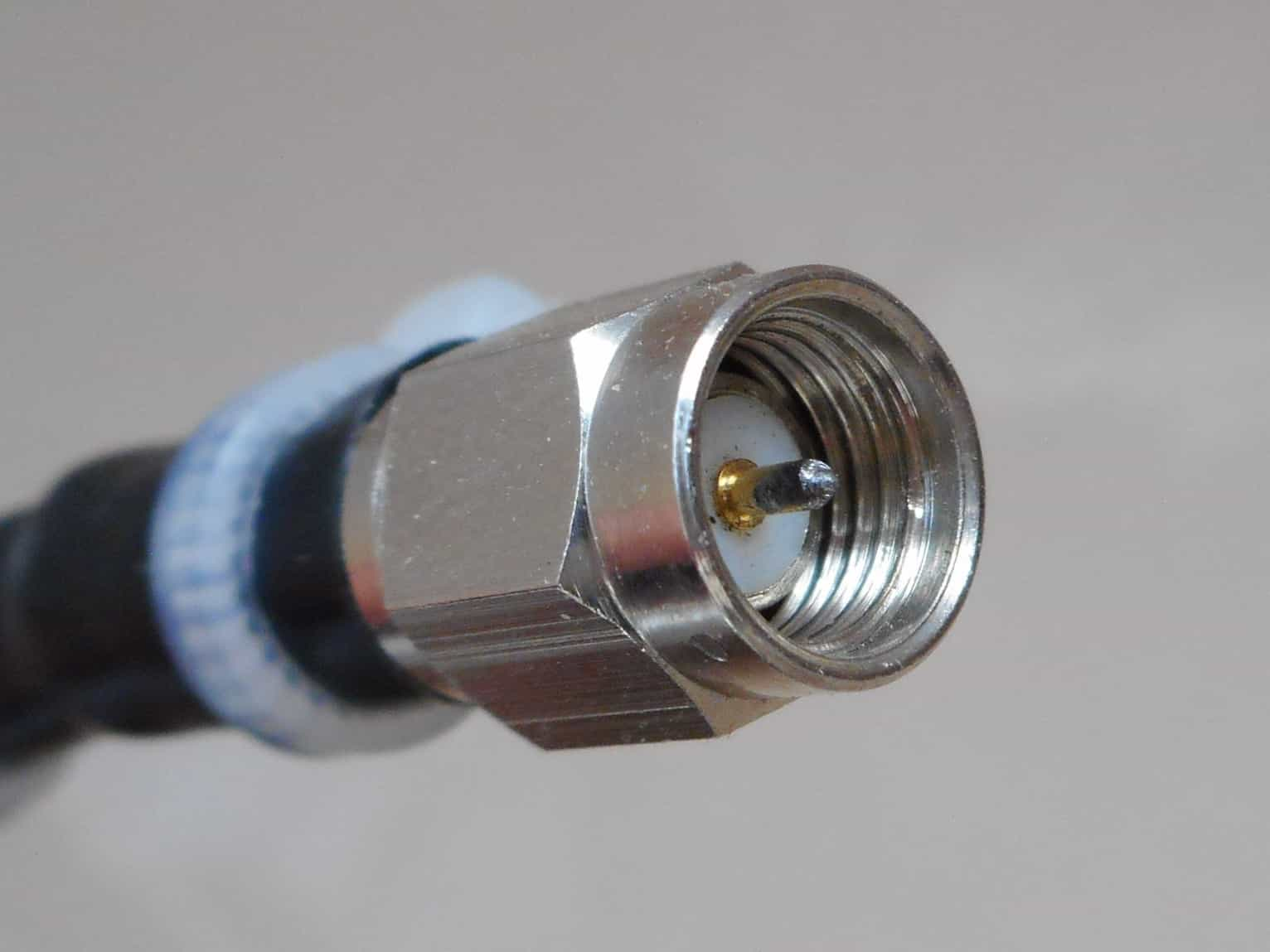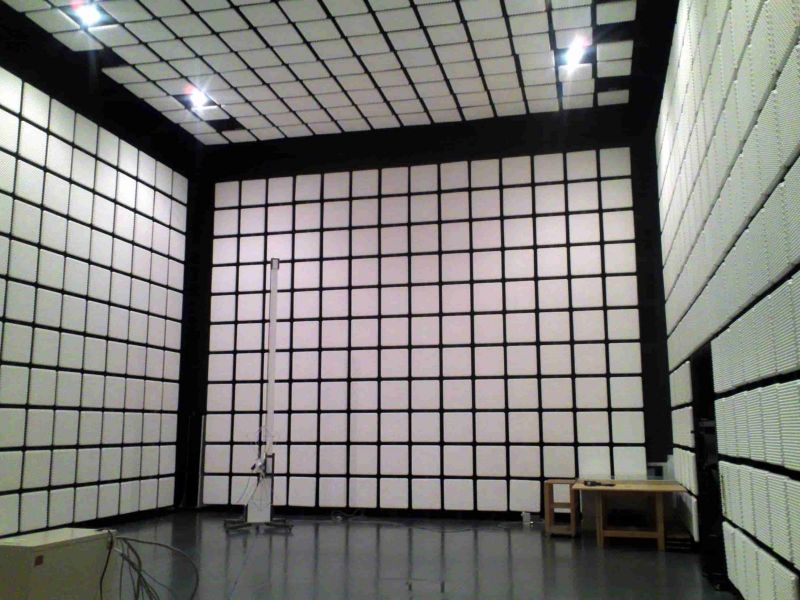- About us
- Product
- Dual-Junction Circulator
-

Dual-junction Microstrip Circulator
-

Dual-junction Drop-in Circulator
-

Dual-junction Coaxial Circulator
- Customized
- Technical Note
- News
- Contact us
Updated on:
Keywords: RF circulator, isolation, S31, insertion loss, VSWR, PA protection, receiver sensitivity, intermodulation, stability, VNA measurement, microwave, 5G.
Isolation (|S31|) in an RF circulator governs reflected-power containment, PA survivability, receiver sensitivity, spectral cleanliness, and stability margin. Here’s how to specify, measure, and sustain it across real-world conditions.

In a three-port RF circulator, power ideally transfers from Port 1 → Port 2, Port 2 → Port 3, and Port 3 → Port 1. Isolation quantifies how much energy is prevented from leaking into the reverse path. Represented by |S31| (dB) for a 1→2→3 orientation, isolation protects the transmitter’s power amplifier (PA), preserves receiver sensitivity under imperfect antenna VSWR, and sustains overall linearity and stability.
Engineering note. Isolation is frequency- and temperature-dependent. A single room-temperature number can be misleading for wideband radios or harsh environments.
For a circulator oriented 1→2, 2→3, 3→1, the isolation from Port 1 to Port 3 is |S31| (dB). Peak isolation is usually specified near the center frequency and degrades toward band edges; the trade-off couples to |S21| and |S11| via ferrite bias, junction geometry, and matching networks.
Commercial and defense-grade circulators often specify isolation from ≥18 dB to ≥25–30 dB in a defined band. Achieving very high isolation across ultra-wide bandwidth is challenging, especially in compact microstrip/SMT constructions where the matching networks must remain low-loss and stable with temperature.

Isolation acts with load match to constrain standing waves. Better isolation reduces back-flow into the PA and receiver front end, mitigating gain compression, AM/PM conversion, and intermodulation (IMD). Poor isolation plus poor VSWR can even set up oscillation-prone feedback loops in high-gain chains.
PA devices (LDMOS, GaN HEMT) are vulnerable to high reflected power. Adequate isolation steers energy reflected by antenna mismatch away from the PA output, reducing junction temperature spikes, preventing foldback, and improving mean-time-to-failure. In pulsed radar, isolation clamps transients that would otherwise drive compression.
Isolation reduces leakage of Tx energy into the receiver chain, lowering desense and preserving noise figure (NF) & sensitivity. In TDD systems, residual Tx leakage during Rx windows elevates the noise floor; additional dB of isolation improves minimum discernible signal and dynamic range.
Back-propagating energy in nonlinear elements generates spurs and IM products. Higher isolation reduces drive for these interactions, improving ACLR/ACPR and EVM—especially for wideband OFDM and multi-carrier SatCom.
Reflections circulating around high-gain sections can create loop conditions. Isolation provides attenuation in potential feedback paths, expanding phase/gain margin and hardening borderline-stable designs.
Bias and matching drift with temperature and power. Radios that face qualification (aerospace, defense, outdoor basestations) should verify worst-case isolation across frequency and temperature, not just peak numbers.
Isolation depends on saturation magnetization, linewidth, Curie temperature, and magnet uniformity. Drifting bias fields reduce non-reciprocity and isolation; appropriate shielding and thermal design help.
Y-junction topology, stripline/microstrip transitions, and multi-section matching are central. Wider bandwidth often needs more complex matching while holding loss and tolerance stack-up in check.

Thermal expansion and magnet heating shift resonance and bias; machining/assembly tolerance impacts repeatability. Design for lifecycle drift and unit-to-unit variation.
Measure |S31| using calibrated 2- or 3-port VNA setups. Terminate unused ports with quality 50 Ω loads; avoid receiver saturation (add external attenuation if needed).
De-embed to the device reference plane. Use substrate-appropriate standards for microstrip/SMT; correct connector class & torque for coaxial. Poor fixtures can fake isolation notches.
Account for dwell-time/self-heating; sweep with sufficient resolution; characterize from −40 °C to +85 C (or mission range). Log worst-case isolation, not just peak.
Watch for ripples/notches indicative of parasitic couplings. Use TDR/TDT to localize fixture issues. Track repeatability across samples for production control.
HzBeat optimizes isolation, insertion loss, and stability jointly across construction types. For high-power radios, coaxial circulators deliver strong shielding and power handling; for tightly integrated front-ends, drop-in circulators offer robust thermal paths and cavity-level tuning across UHF to Ka-band.
Selection tip. Tie the isolation spec to antenna VSWR, PA ruggedness, and desense budget. For multi-carrier SDR links, aim for a guaranteed isolation floor across the operating band.
Isolation is the circulator metric that keeps your radio honest: it shields PAs, protects receivers, and buys stability margin against reflections and environmental drift. Specify it alongside |S21| and |S11|, verify with disciplined VNA practice, and design for worst-case, not just a room-temp peak. A few consistent dB often separates a temperamental demo from a field-proven system.
For many links, ≥20 dB is a pragmatic baseline; radar or high-power PAs may require ≥25–30 dB in narrower bands. Relate the target to VSWR, PA ruggedness, and desense limits.
Both matter: isolation protects and cleans spectra; insertion loss hits link budget and NF. Optimize the pair for your architecture.
Ferrite bias and resonance shift with temperature & magnet characteristics; mechanical expansion perturbs matching, moving the isolation peak.
Sometimes: adjust bias (if allowed), improve matching/terminations, shorten fixtures/grounds; else select a band-optimized variant.
Calibrated VNA, proper terminations, avoid overload, and log worst-case vs frequency & temperature. De-embed for microstrip/SMT.
About the Author
HzBeat Editorial Content Team
Marketing Director, Chengdu Hertz Electronic Technology Co., Ltd. (Hzbeat)
Keith has over 18 years in the RF components industry, focusing on the intersection of technology, healthcare applications, and global market trends.